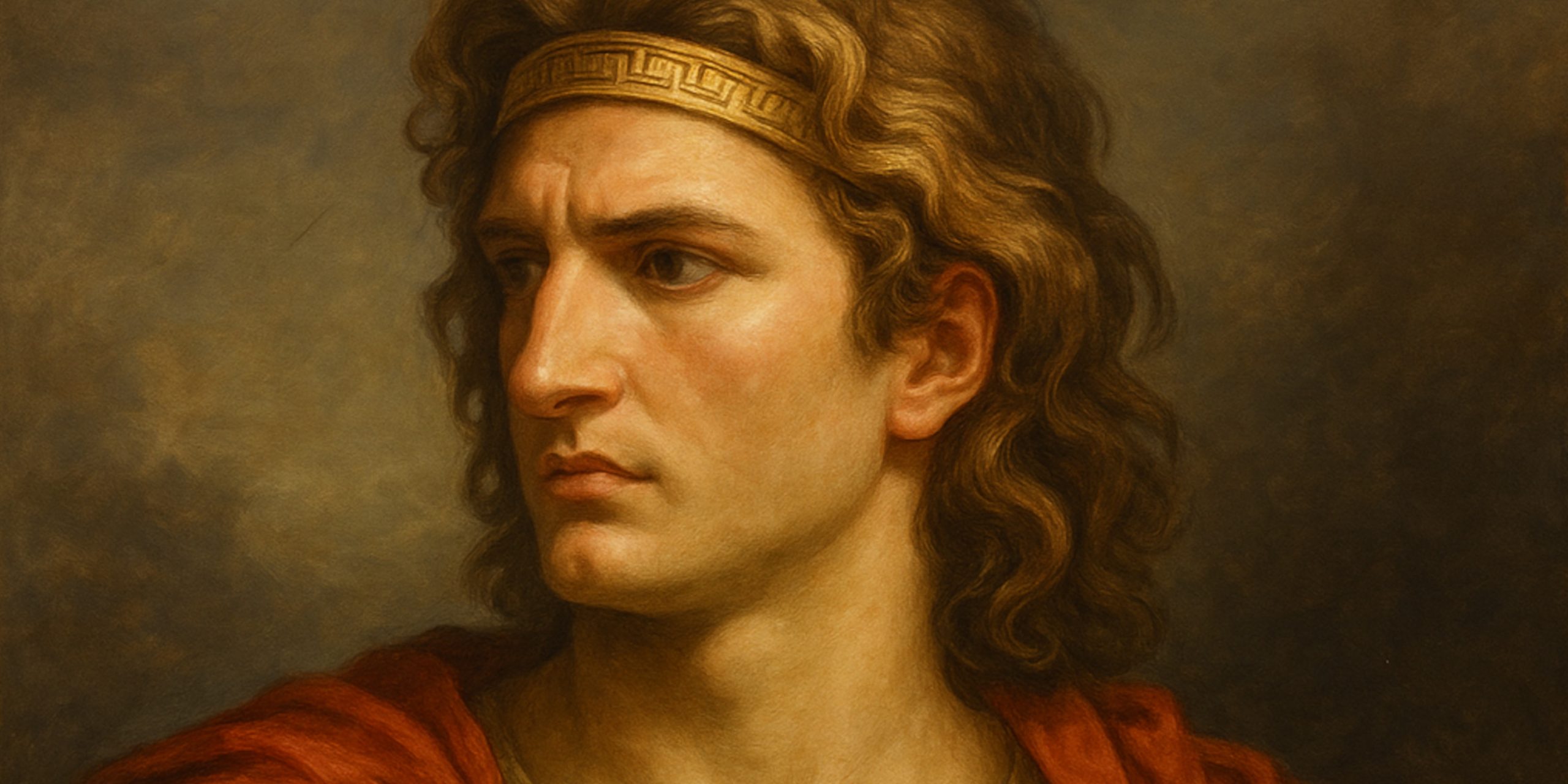
The final resting place of Alexander the Great remains one of history’s most tantalising unsolved mysteries. Despite centuries of searching, the location of his tomb continues to elude historians, archaeologists, and enthusiasts alike.
What Ancient Sources Reveal
Initial Burial in Memphis, Egypt
Following Alexander’s death in Babylon in 323 BCE, his body was originally destined for Macedonia. However, Ptolemy I Soter, one of his generals and the future ruler of Egypt, intercepted the funeral procession and diverted it to Memphis. This bold move was a calculated effort to bolster his own legitimacy by associating himself with the legendary conqueror.
Reburial in Alexandria
Alexander’s body was later transferred to Alexandria, the city he founded. Ancient historians such as Strabo and Pausanias mention his tomb being located in a district known as the Soma or Semma. Roman leaders, including Julius Caesar and Augustus, allegedly visited the site. According to accounts, Augustus even laid flowers on Alexander’s mummified remains and accidentally broke off a piece of his armour—or, in some versions, his nose.
The Disappearance of the Tomb
Why Has It Been Lost?
Alexandria suffered repeated devastation from earthquakes, tsunamis, and floods over the centuries. Each reconstruction of the city may have further obscured or destroyed the tomb’s location. While medieval records suggest the tomb was still recognised in the 7th century, its precise whereabouts were eventually forgotten.
Leading Theories on Its Location
- Beneath Modern Alexandria – Many scholars believe the tomb lies hidden under the city’s densely built urban centre, particularly in the area once occupied by the ancient royal quarter.
- Kom el-Dikka or Nabi Daniel Mosque – These sites have been proposed as possible locations, though no definitive evidence has emerged.
- Siwa Oasis – A fringe theory suggests Alexander was buried at the Temple of the Oracle of Amun, where he was declared a son of Zeus. However, this remains speculative.
Modern Searches and Controversies
Archaeological efforts have so far yielded no conclusive results. In the 1990s, Dr. Liana Souvaltzi claimed to have discovered the tomb in Siwa, but her findings were rejected by the Greek government. More recently, archaeologist Calliope Limneos-Papakosta has spent over a decade excavating in central Alexandria, uncovering promising clues in the ancient royal quarter. As of 2025, the tomb remains undiscovered.
Why the Search Continues
Locating Alexander’s tomb could provide unprecedented insights into his death, burial customs, and even his disputed lineage. Beyond academic interest, the discovery would carry profound cultural and political significance for Greece, Egypt, and North Macedonia, as well as major implications for heritage tourism.
Popular Myths and Speculations
Over the centuries, numerous theories have emerged:
- His body was secretly moved by rival factions to prevent its veneration.
- Early Christians or Muslims concealed the tomb to suppress pagan worship.
- The tomb was destroyed during riots, invasions, or religious purges in late antiquity.
Despite the enduring fascination, Alexander’s grave remains hidden—perhaps waiting for the right moment to reveal its secrets. As archaeologist Calliope Limneos-Papakosta remarked, “Every shovelful of earth brings us closer to solving one of history’s greatest puzzles.” Until then, the mystery endures.
Short documentary:



